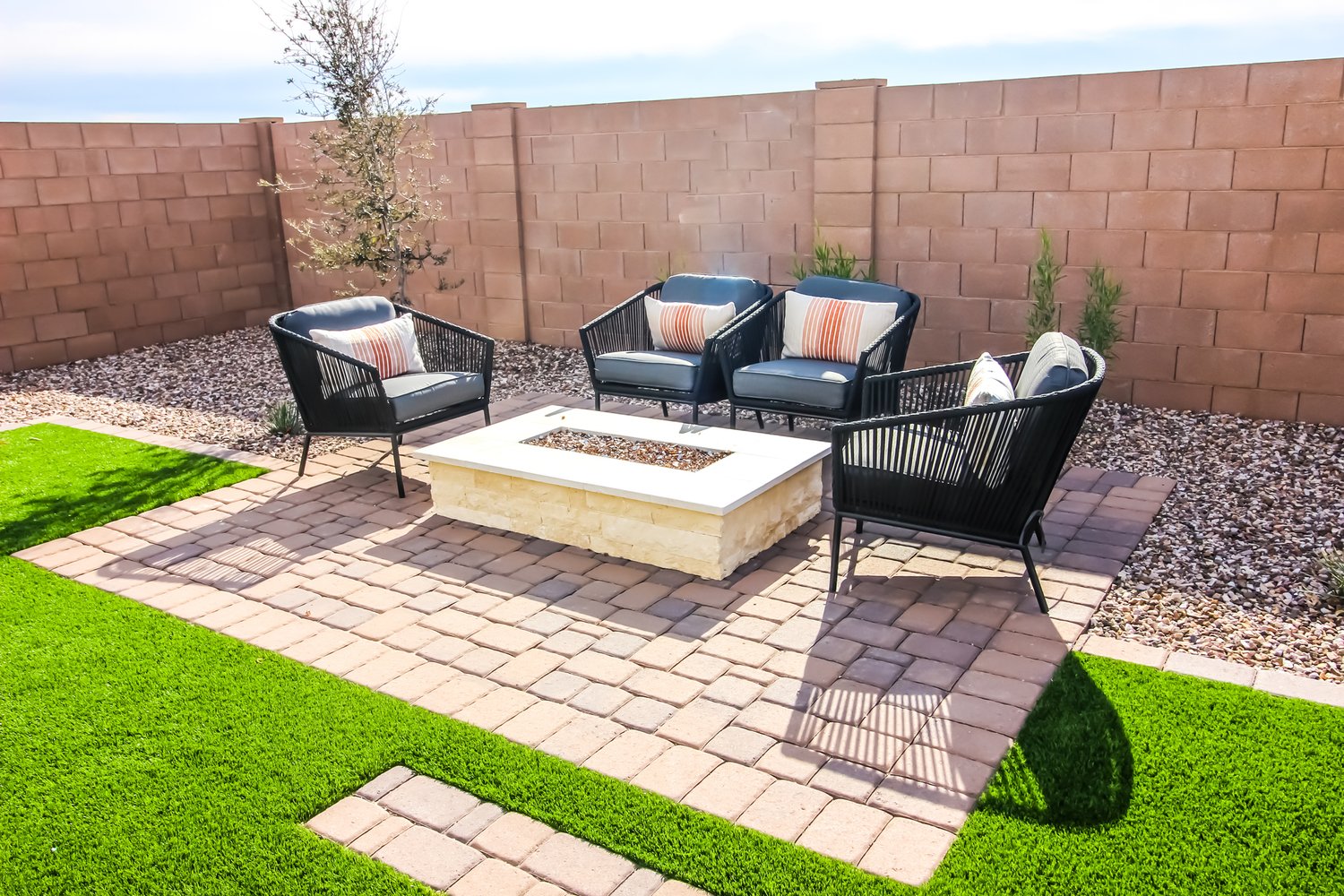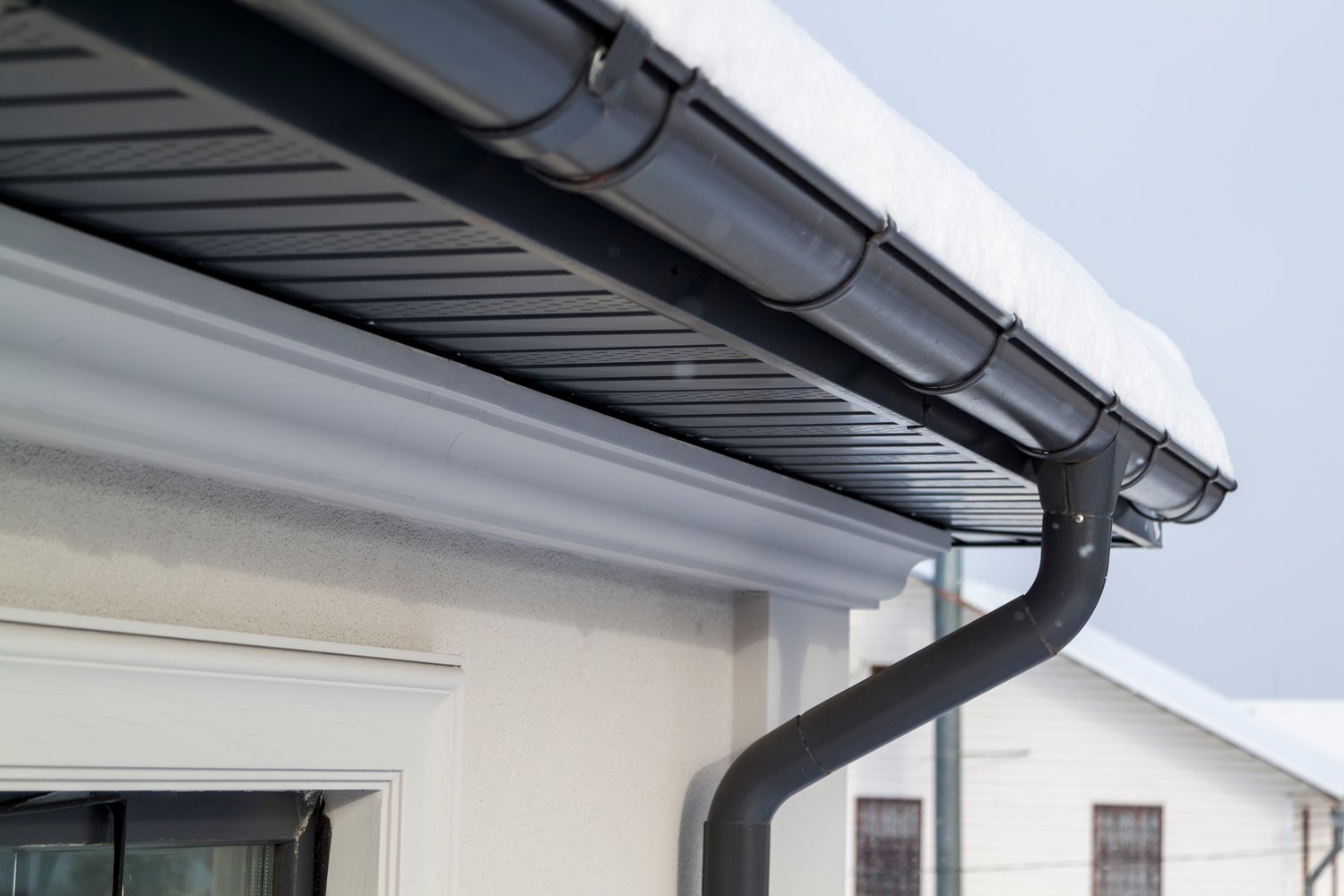Transforming your outdoor space with pavers offers endless possibilities for personalization and style. The pattern you choose for your patio or walkway can dramatically influence the overall aesthetic of your landscape and even affect the perceived size of the space. Beyond the practical benefits of durability and low maintenance, pavers provide a canvas for creative expression through various arrangements, colors, and textures. This article explores innovative paver patterns and design ideas that can elevate your outdoor living areas from ordinary to extraordinary.
Classic Paver Patterns That Stand the Test of Time
When exploring patio design ideas with pavers, it’s worth considering the timeless patterns that have adorned outdoor spaces for generations. The running bond pattern, which resembles a traditional brick wall with each paver offset by half its length, creates a simple yet elegant look that works well in most settings. For a more structured appearance, the stack bond arranges pavers in a grid formation with joints aligned both horizontally and vertically. This pattern offers a contemporary feel that complements modern architecture. The herringbone pattern, characterized by rectangular pavers arranged at 45 or 90-degree angles to create a zigzag effect, provides exceptional structural integrity for driveways and high-traffic areas while adding visual interest. These classic patterns serve as excellent foundations for customization through color variation or the addition of decorative borders.
Innovative Circular and Curved Paver Designs
Breaking away from linear layouts, circular and curved paver patterns add a touch of sophistication to outdoor spaces. Concentric circle designs create a focal point that can define a seating area or highlight a feature like a fire pit or fountain. These creative paving layouts require more precise cutting and careful planning but deliver stunning results worth the additional effort. Fan or sunburst patterns radiate outward from a central point, creating dynamic movement across your patio surface. For walkways, a gently curving path lined with pavers not only guides visitors through your landscape but also creates visual interest that straight paths cannot achieve. The organic flow of curved walkway paver designs softens the hardscape elements and harmonizes with surrounding plantings for a more natural aesthetic.
Mixing Paver Sizes for Dimensional Interest
One approach gaining popularity in contemporary landscape design involves using pavers of varying sizes within the same installation. Random ashlar patterns utilize rectangular pavers of different dimensions arranged in a seemingly haphazard but actually carefully planned layout. This creates a more relaxed, less regimented appearance while maintaining structural integrity. Three-piece modular systems, which typically include small, medium, and large pavers in proportional sizes, offer countless arrangement possibilities while ensuring proper interlocking. The dimensional variation creates subtle texture and shadow play across the surface, adding visual depth to your patio. According to design experts at AskHomey, mixing paver sizes also reduces the appearance of small installation imperfections that might be more noticeable in uniform patterns.
Creative Color Combinations and Material Mixing
Beyond pattern selection, the strategic use of color dramatically influences the impact of your paver installation. Creating borders in contrasting colors helps define the space and adds a finished look to patios and walkways. For larger areas, consider gradient effects that transition from lighter to darker shades across the surface, creating a sense of depth and dimension. Incorporating different paver materials like natural stone alongside manufactured concrete pavers can create striking textural contrasts. For instance, a porcelain paver patio might feature a natural stone border, combining the low-maintenance benefits of manufactured products with the unique character of natural materials. When selecting colors, consider your home’s exterior palette and existing landscape elements to create a cohesive outdoor environment.
Incorporating Decorative Insets and Medallions
For truly personalized walkway paver designs, consider incorporating decorative insets or medallions. These special features serve as artistic focal points that elevate ordinary paving to custom installations. Compass designs work beautifully in circular patios, while monogrammed medallions add a personal touch to entryway walkways. Natural stone insets within concrete pavers create textural contrast and visual interest. Geometric or mosaic patterns constructed from smaller pavers can be integrated into larger field areas to define specific zones within a patio. Though these decorative elements require additional planning and installation expertise, they create memorable spaces that reflect your personal style and attention to detail.
Practical Considerations for Pattern Selection
While aesthetics play a significant role in pattern selection, practical factors should also influence your decision. Consider the shape and size of your space—complex patterns with numerous cuts might waste materials in smaller areas, while large open patios benefit from patterns that visually break up the expanse. Traffic patterns affect durability requirements, with interlocking designs like herringbone providing better load distribution for driveways and frequently used walkways. The architectural style of your home should inform your pattern choice, as traditional homes typically pair well with classic patterns while contemporary structures complement more geometric or random designs. Finally, consider long-term maintenance—patterns with numerous small pieces might collect more debris and require more attentive cleaning than simpler layouts.
For more tips and to connect with reliable home service professionals, follow AskHomey on Facebook and Instagram.



